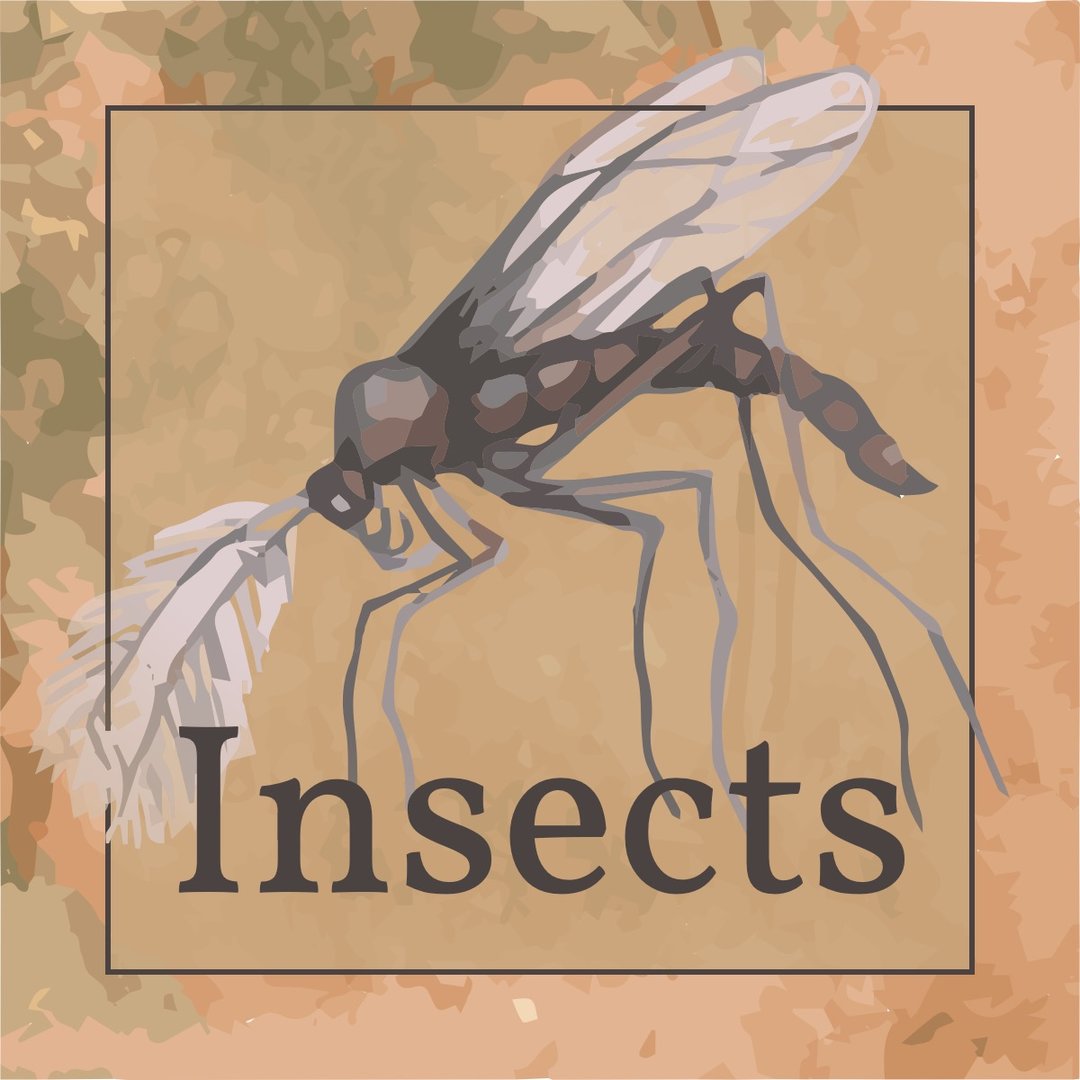Insects Protocol
Purpose
Terrestrial insects are a good indicator of shoreline conditions and an important prey component for juvenile salmon. Using passive fallout traps to characterize the insect community simulates insects that could fall on the surface of the water and be available as fish prey. Insect communities may vary depending on the amount of riparian vegetation, shoreline armoring, and other habitat features. Analysis can focus on counts of key juvenile salmon prey items such as midges (Chironomidae flies) and aphids, or processing of the entire assemblage to allow diversity measurements.
